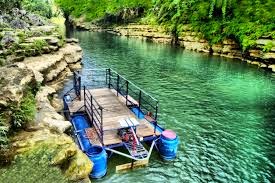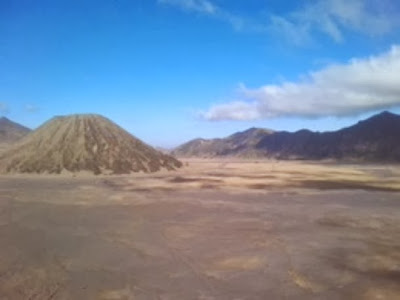 Enjoy Beautifull Parangtrtis Sunset in Jogjakarta, Javanese, Indonesia
Enjoy Beautifull Parangtrtis Sunset in Jogjakarta, Javanese, Indonesia
One of the attractive beaches near Yogyakarta is Parangtritis. It is located about 27 km. from Yogyakarta, Parangtritis may be reached in two ways, through Kretek Village or the longer but better - established way through Imogiri and Siluk Village. Parangtritis Beach is a beautiful beach with many impressed phenomena, natural and supernatural. Regularly bringing new waves of wood and bamboo, washing ashore from another nearby beach probably. Some of the wood was taken and carried away by the locals to be used to their own homes. Parangtritis is an enchanting sloping beach combined with rocky hills, dunes and white sandy beaches. As well as a place of recreation. Parangtritis is also a sacred place. Many people come to the beach to do meditation. Until now, this area remains functioned as a place to perform a traditional ceremony called the harbor. Many hotels and restaurants are available for sun lovers.
It is said that the name Parangtritis is expresses a natural phenomenon. From one wall of the hill drops off water containing calcium continuously dripped down and finally formed a pool with very clear water in it. Sri Sultan Hamengkubuwono VII found and took care of it. The pool is now used as a bathing pool of Parangtritis swimming pool. Meanwhile, the sun sets at every touch point Parangtritis bring beautiful and amazing too. Magical atmosphere rough waves seems like all the hearts in the removing all bustles and lead to deep reflection.









